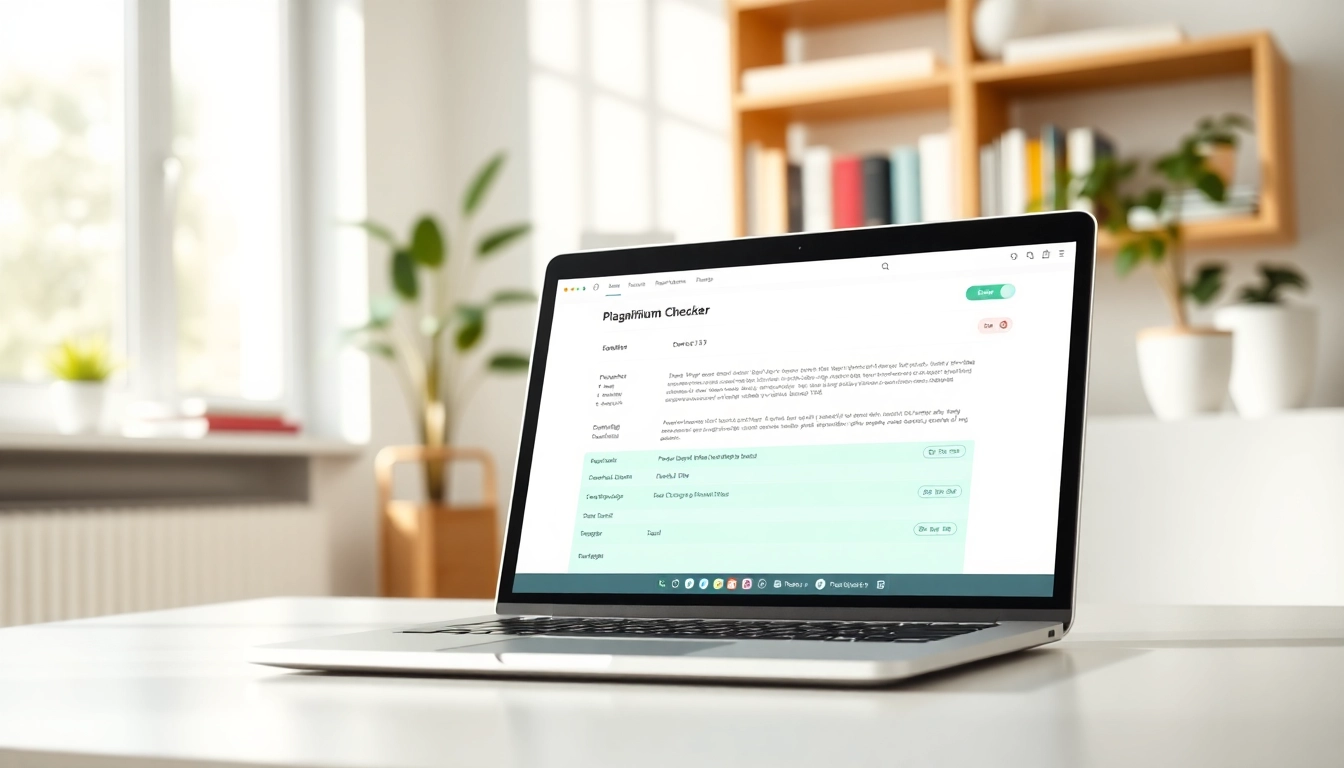Understanding Plagiarism and Its Consequences
What is Plagiarism?
Plagiarism is the act of using someone else’s work, ideas, or intellectual property without proper attribution, representing it as one’s own. This can include copying text, images, or concepts from books, articles, websites, or even fellow students without acknowledgment. Plagiarism undermines the integrity of the academic and professional communities, diminishing the value of original work and creativity.
Types of Plagiarism to Avoid
Plagiarism can take many forms, including:
- Direct Plagiarism: Copying someone else’s work word for word without citation.
- Self-Plagiarism: Using your previous work in a new submission without acknowledging it.
- Patchwork Plagiarism: Combining pieces from multiple sources into a new work without proper citations.
- Incremental Plagiarism: Failing to give proper credit for paraphrased ideas or information.
- Accidental Plagiarism: Neglecting to cite sources unintentionally due to a misunderstanding of citation requirements.
Impact of Plagiarism on Academics and Careers
The consequences of plagiarism can be severe, especially in academic settings. Students caught plagiarizing may face penalties ranging from failing grades on assignments to expulsion from their institution. In professional environments, plagiarism can result in loss of credibility, legal repercussions, and even job termination. The ripple effect tarnishes not only the individual’s reputation but also the organization’s integrity.
How a Plagiarism Checker Works
Mechanisms Behind Detection Technology
Plagiarism checkers utilize sophisticated algorithms and databases to identify similarities between the submitted text and existing materials. These tools scan for matching phrases, sentences, or even entire paragraphs across various sources, including academic papers, websites, and publications. Advanced software employs techniques such as fingerprinting, semantic analysis, and web scraping to enhance detection accuracy.
Types of Content Analyzed
Plagiarism checkers analyze a wide range of content types, including:
- Academic papers and essays
- Blogs and online articles
- Books and novels
- Research reports and case studies
- Websites and digital content
The Importance of Accuracy in Reports
Accuracy in plagiarism detection is paramount. Reliable plagiarism checkers not only highlight possible matches but also provide the context for the duplication. This allows users to understand whether the match indicates actual plagiarism or is a common phrase. High-quality reports enhance learning opportunities, giving users insights into their writing practices and helping them improve their citation techniques.
Top Features to Look for in a Plagiarism Checker
User-Friendly Interface
A high-quality plagiarism checker should have an intuitive interface that allows users of all skill levels to navigate with ease. Features such as drag-and-drop functionality, straightforward report generation, and clear instructions enhance the user experience, making the tool more accessible for students, educators, and professionals alike.
Real-Time Analysis and Reporting
Real-time analysis provides immediate feedback on the originality of submitted work. This feature is critical for users who want to ensure their writing maintains academic integrity before submission. Instant reports allow for quick corrective actions, facilitating a smoother writing and revision process.
Integration with Writing Tools
Integration with other writing tools, such as grammar checkers and citation generators, enhances the functionality of a plagiarism checker. This feature promotes a holistic approach to writing, enabling users to refine both their content and its originality in a seamless workflow. Users can make edits based on feedback from multiple tools without switching between different platforms.
Comparing Popular Plagiarism Checkers
Grammarly vs. PapersOwl
Grammarly is renowned for its comprehensive writing assistance, including grammar checking and style suggestions alongside its plagiarism detection capabilities. PapersOwl, on the other hand, offers a streamlined plagiarism checker that specializes in academic work, providing tailored reports for students. While Grammarly has a broader user base due to its various writing tools, PapersOwl’s focus on educational content offers specific benefits for students.
Duplication Finder: Pros and Cons
Many online plagiarism checkers, known as duplication finders, offer free services with varied accuracy levels. While these tools can provide a quick assessment and are cost-effective, their reliability often falls short compared to premium services. Users need to weigh the pros of accessibility and low cost against the cons of potential inaccuracy or limited database access.
Cost vs. Value in Plagiarism Checkers
When choosing a plagiarism checker, it’s essential to evaluate the cost in relation to the value provided. High-end services may come with a price tag but often offer comprehensive analysis, access to extensive databases, and premium features like integrations and real-time feedback. Evaluating personal or institutional needs against these factors can guide users towards the best investment for their writing integrity.
Best Practices for Avoiding Plagiarism
Citing Sources Effectively
One of the most effective ways to avoid plagiarism is to learn how to cite sources properly. Familiarize yourself with different citation styles (APA, MLA, Chicago, etc.) and ensure you apply them consistently throughout your work. This not only helps in avoiding plagiarism but also lends credibility to your research by acknowledging the original authors of the ideas you reference.
Utilizing Paraphrasing Tools
Paraphrasing tools can assist in rephrasing ideas while maintaining the original meaning. However, it’s imperative to use these tools judiciously and complement the paraphrased content with proper citations. By transforming content into your unique writing style and combining this with appropriate acknowledgments, you enhance originality.
Regularly Using a Plagiarism Checker
Incorporating a plagiarism checker into your writing process can be highly beneficial. Frequent checks during drafting can catch potential issues before they become problematic. Developing the habit of using a plagiarism checker ensures that your work remains original and your citations are appropriately recognized.
